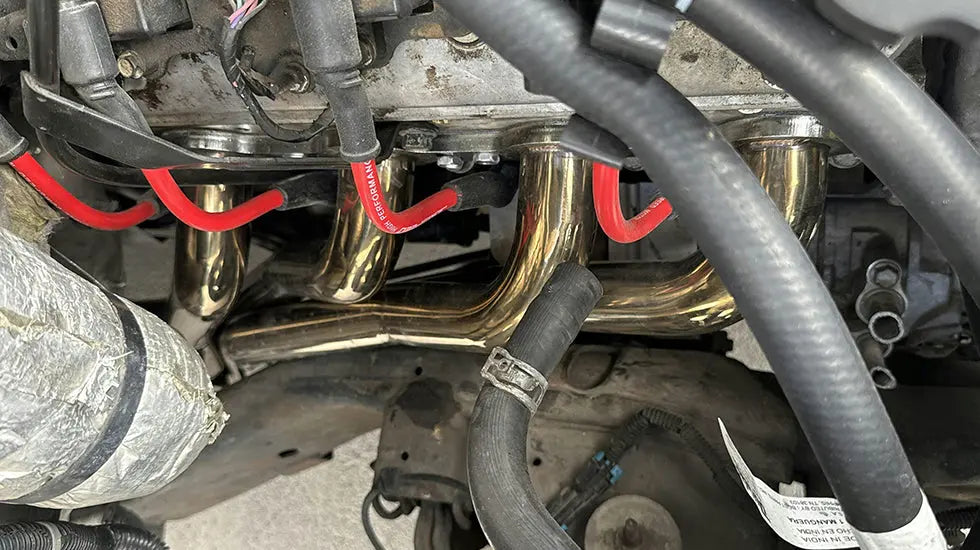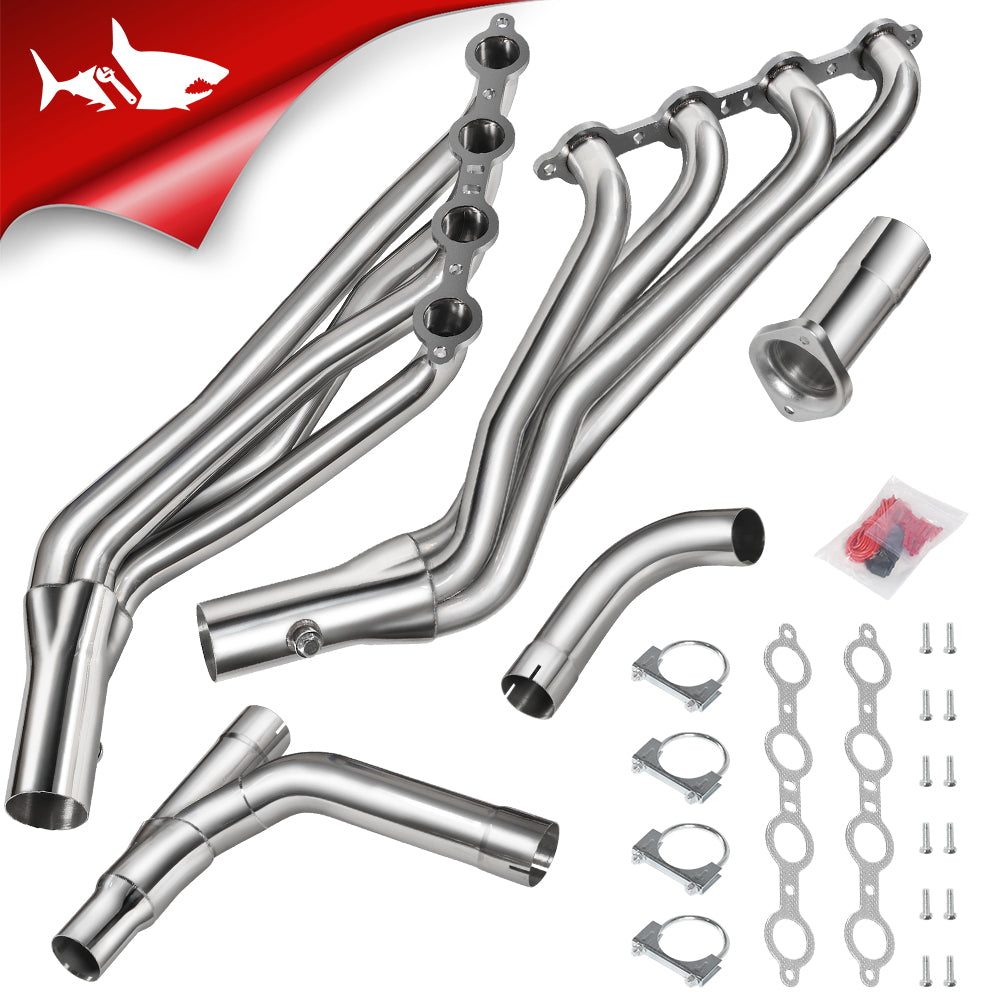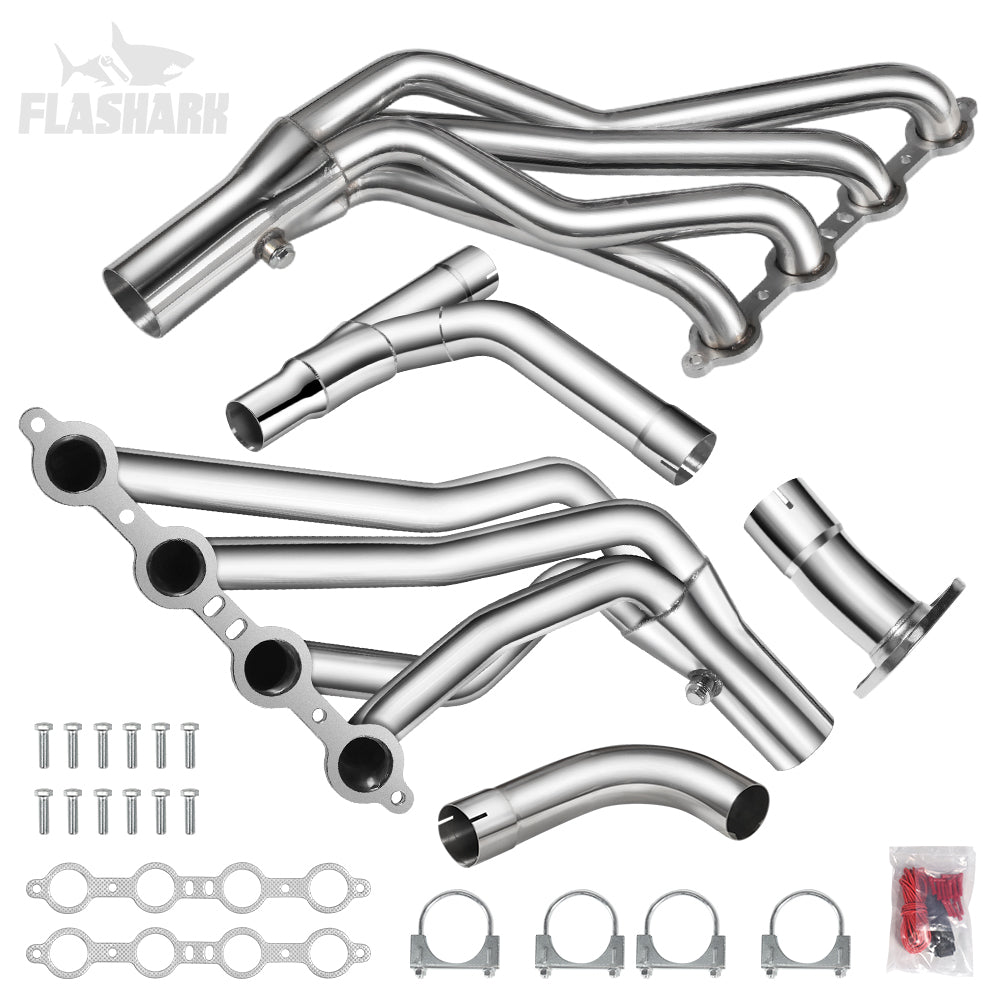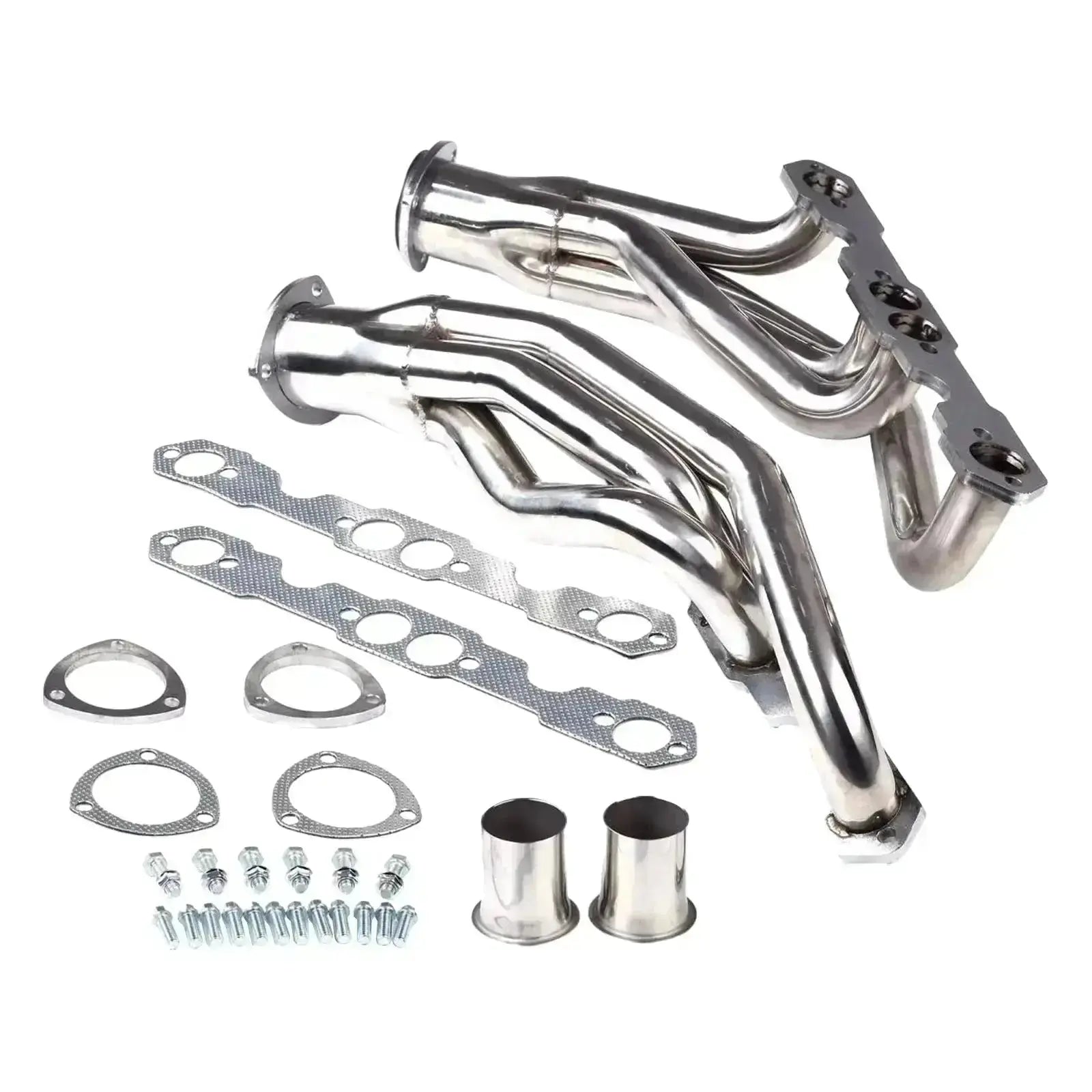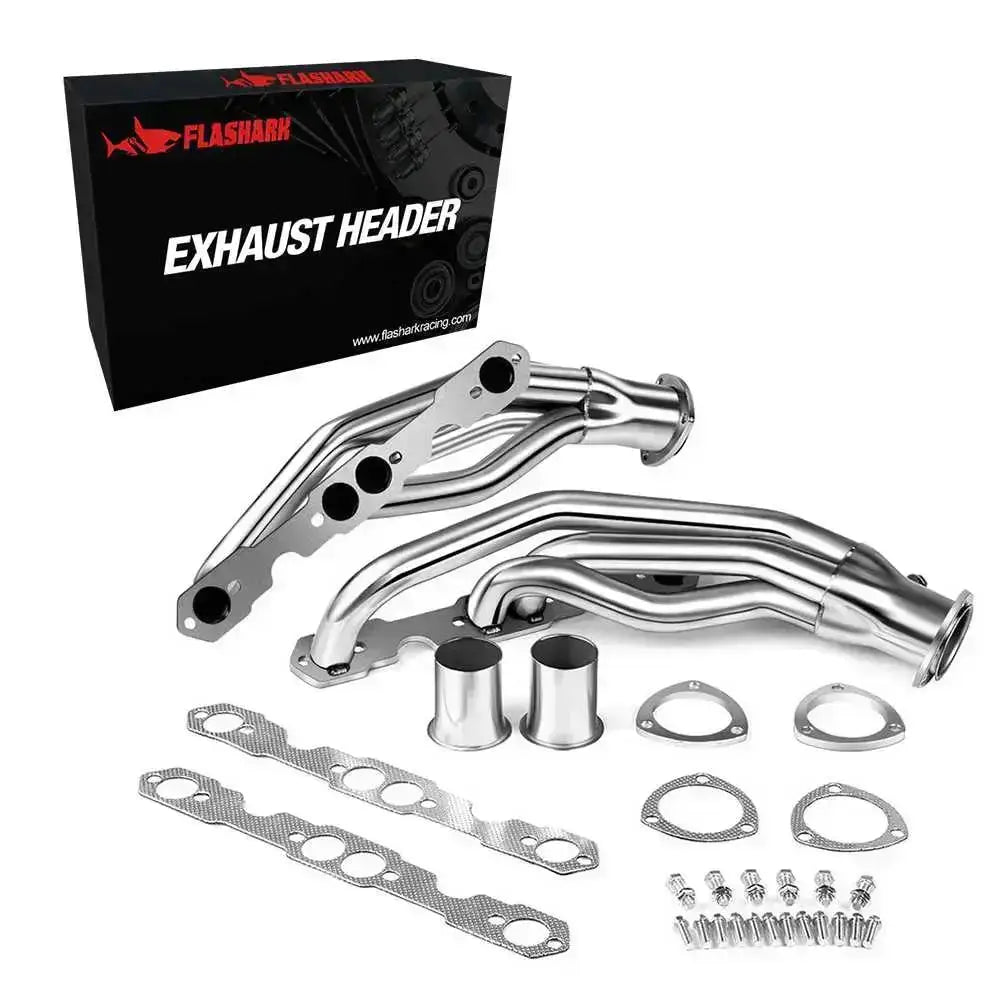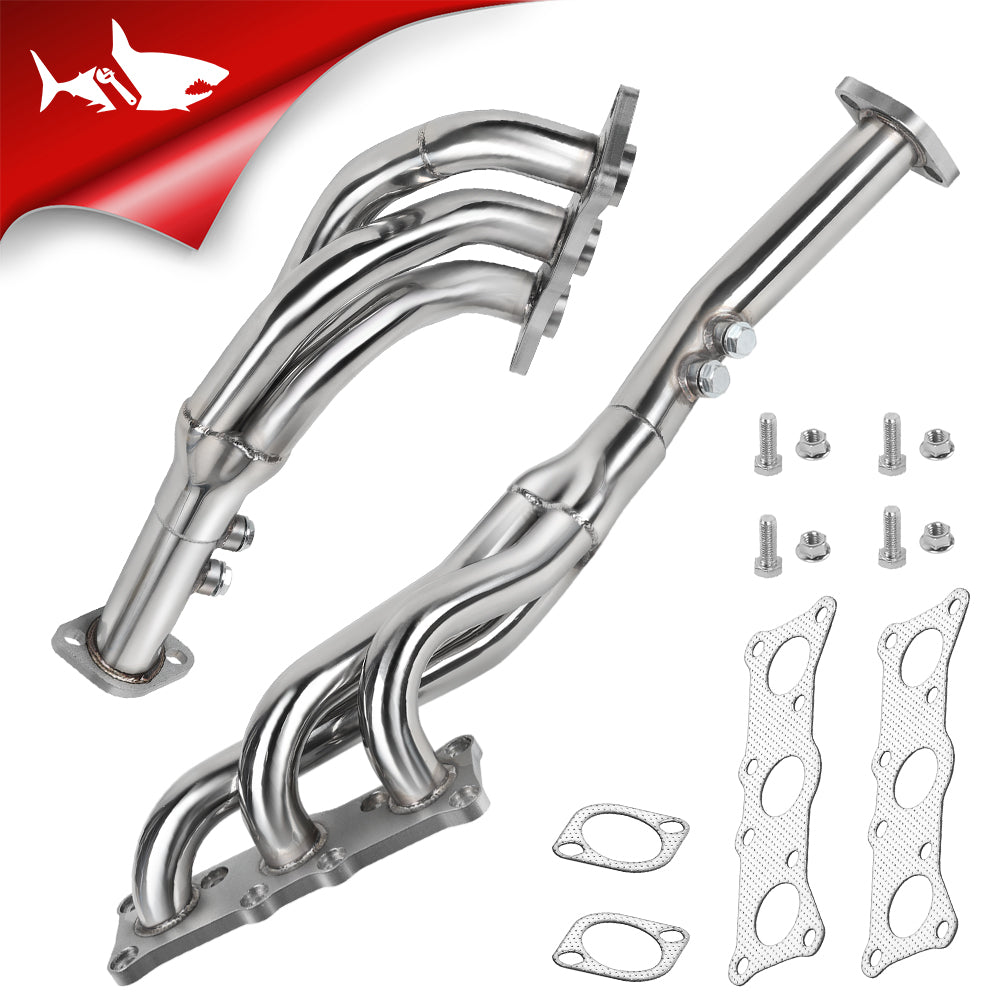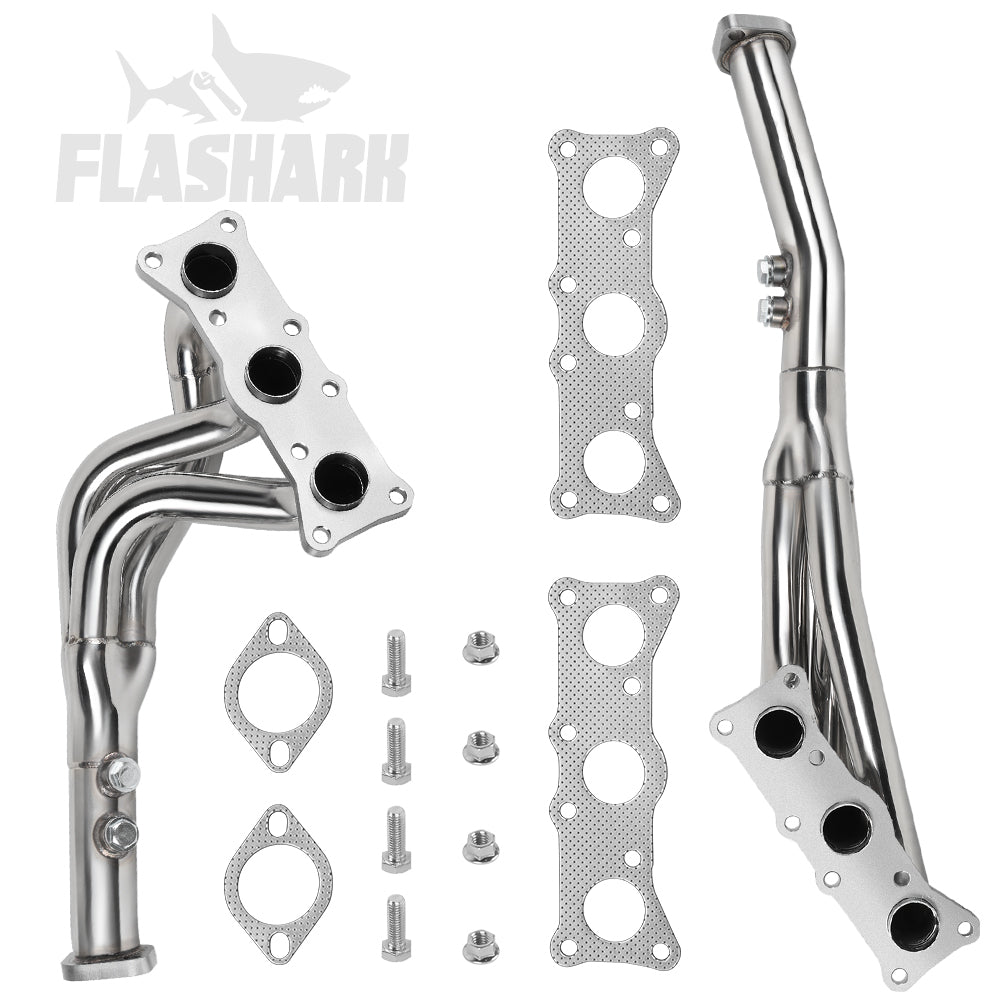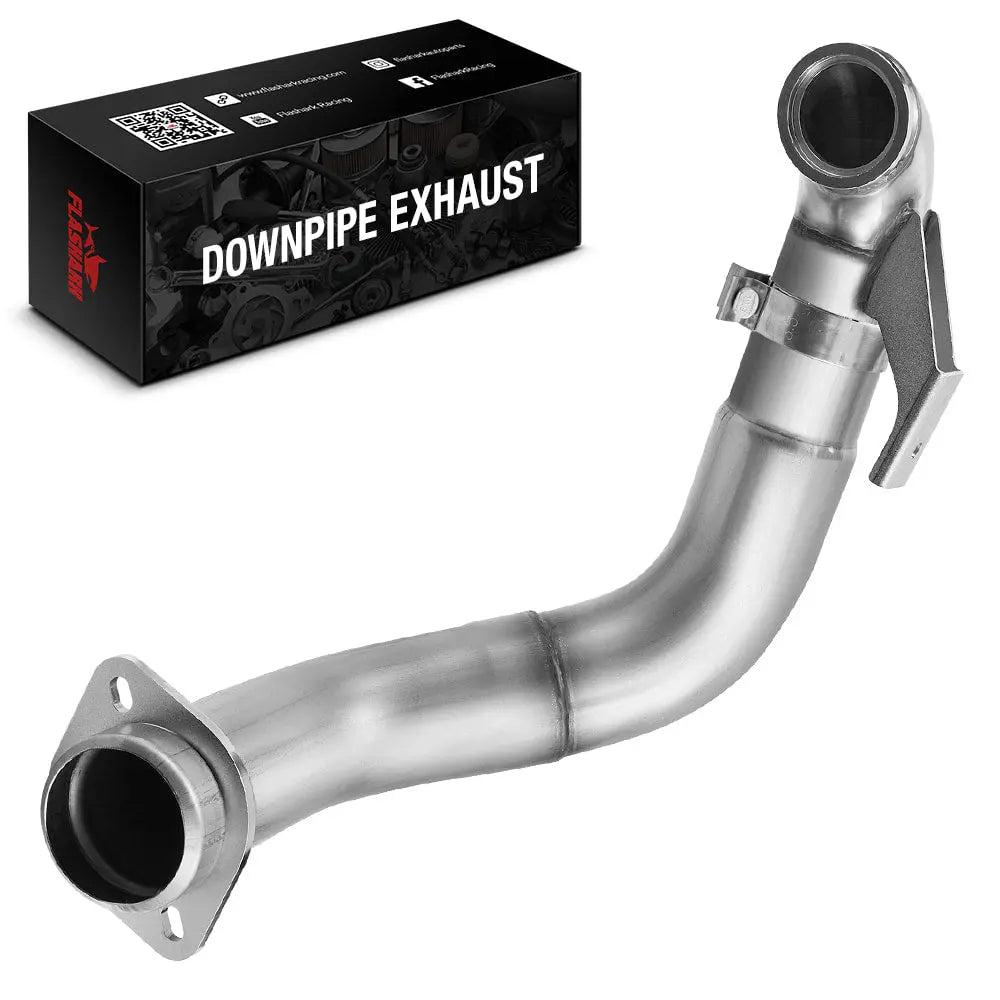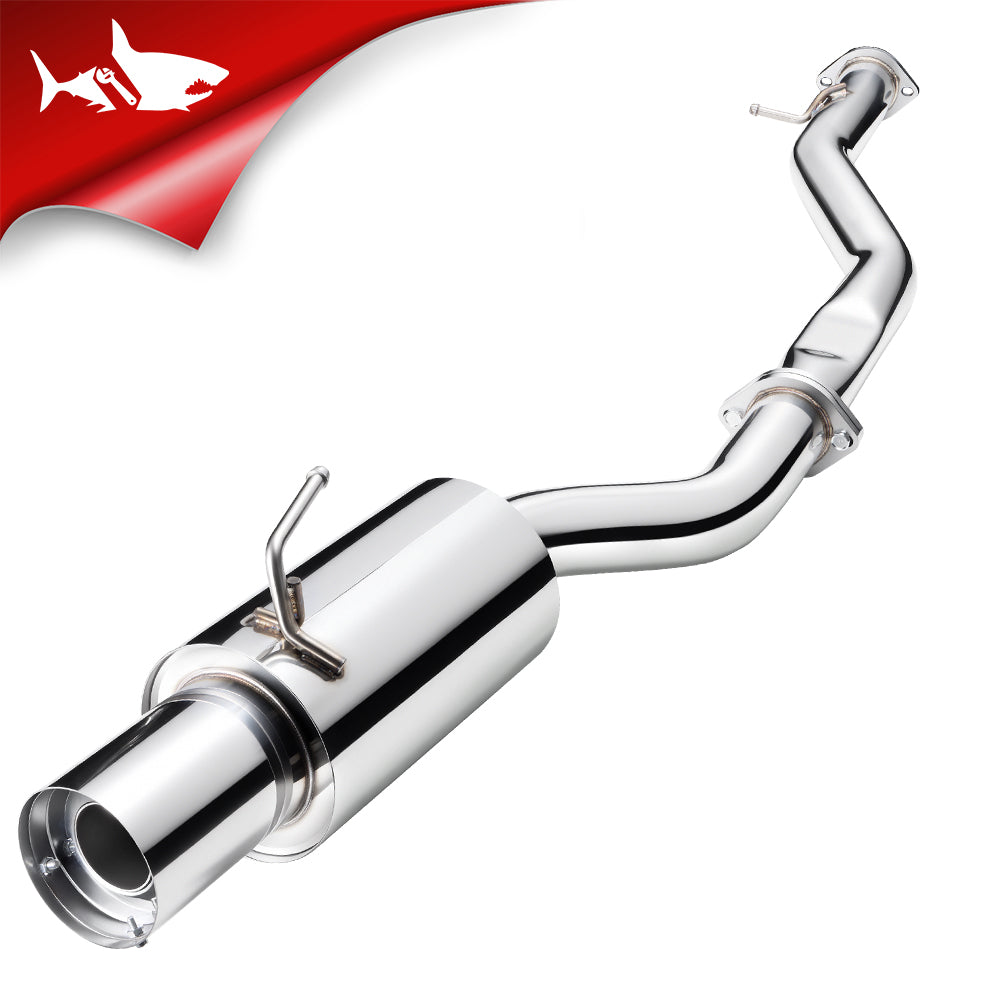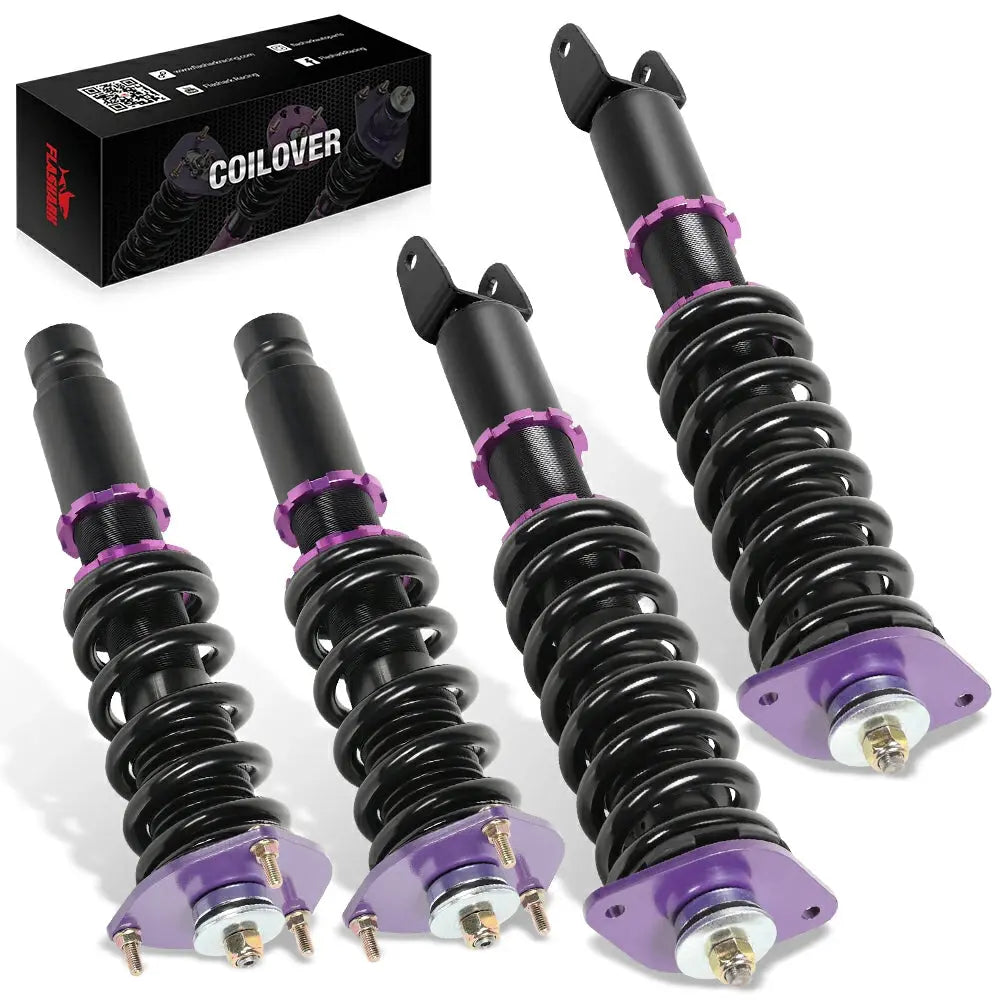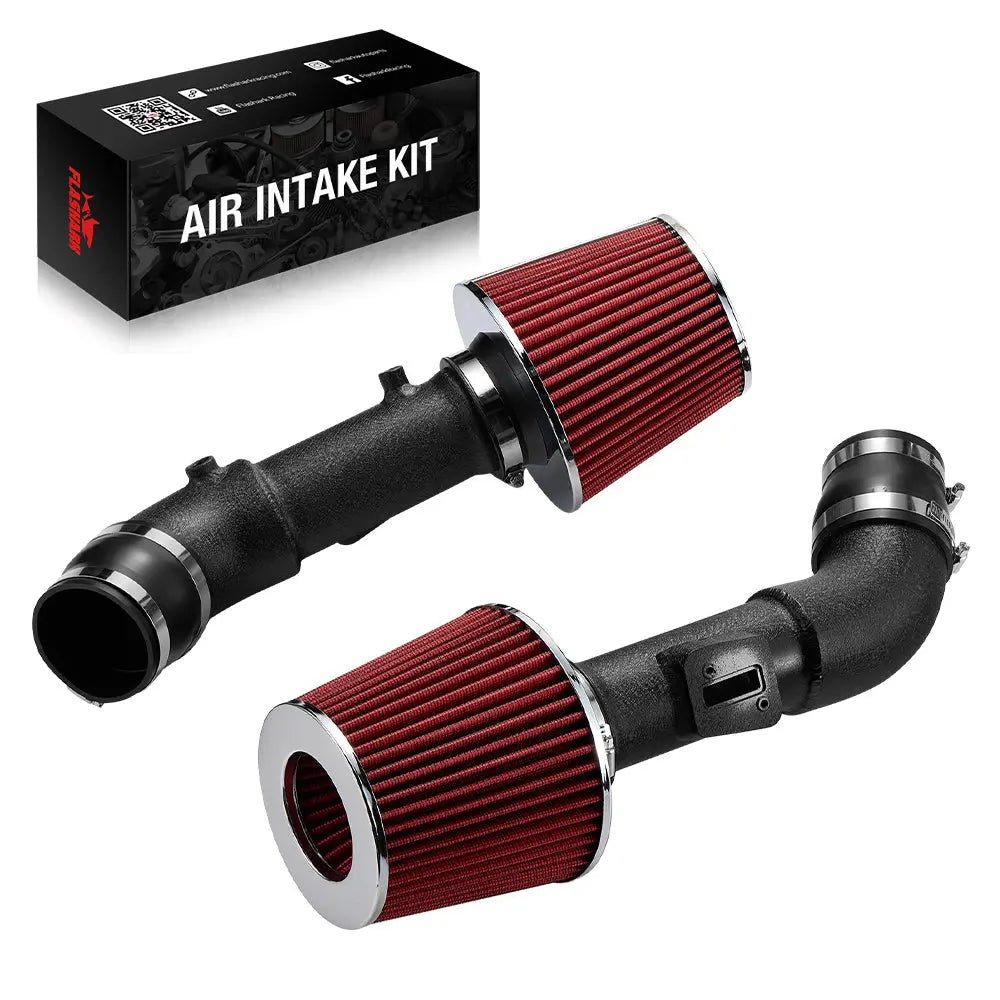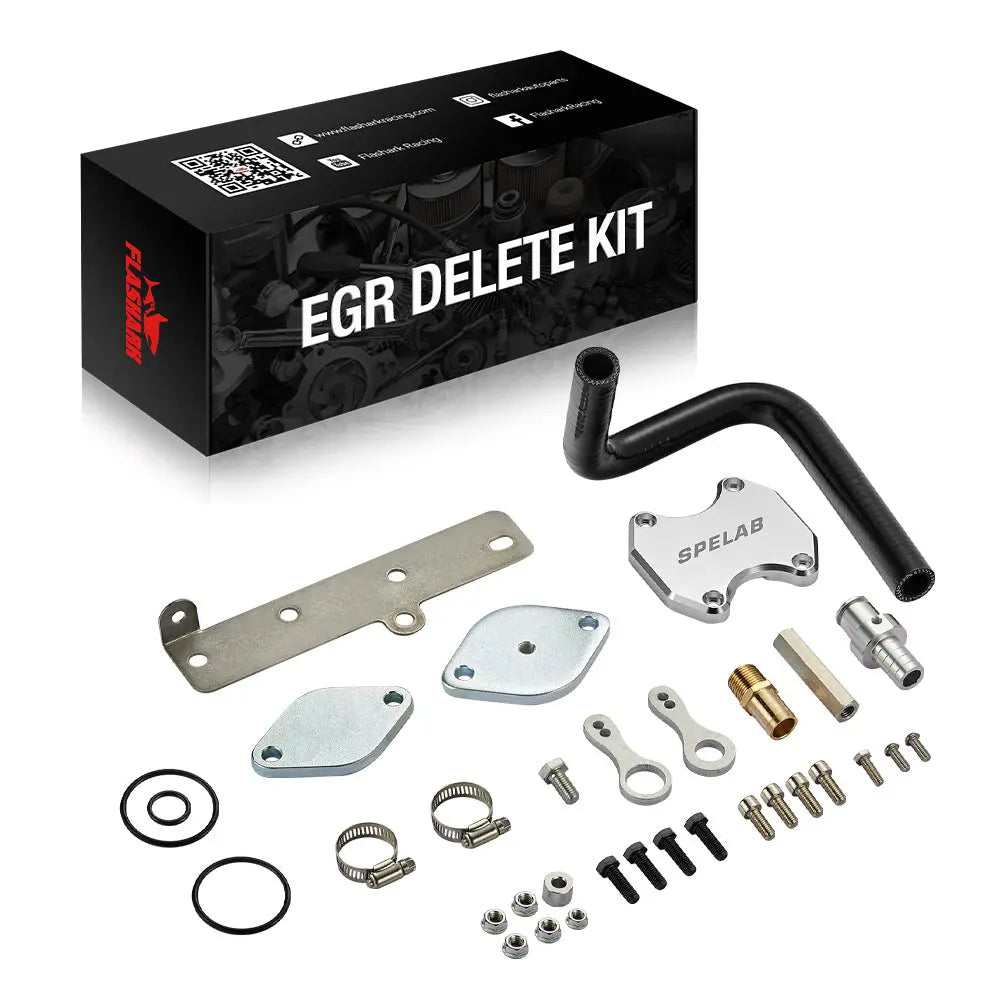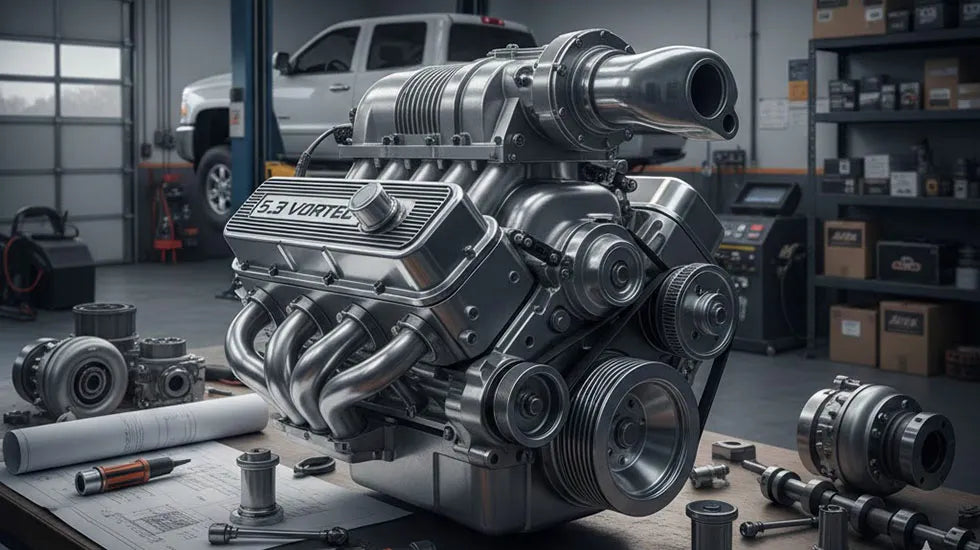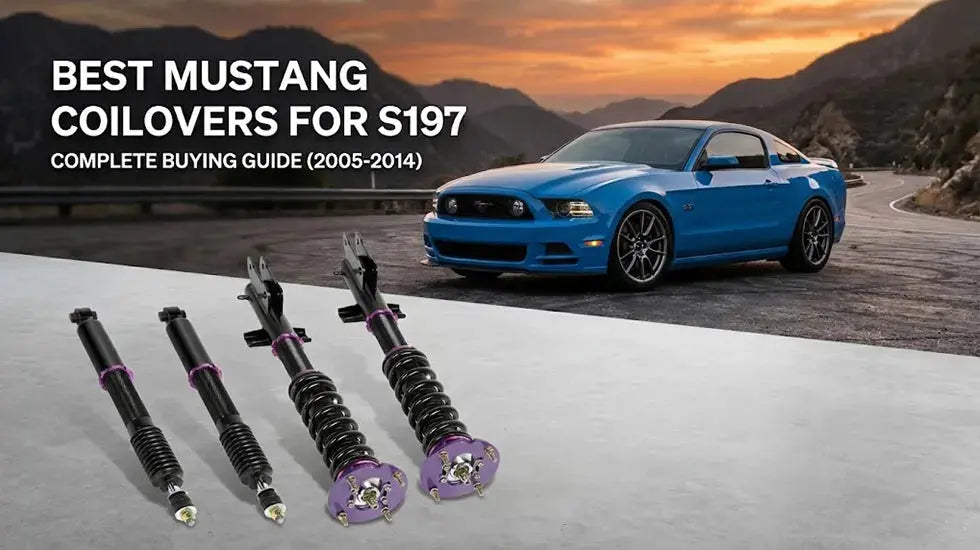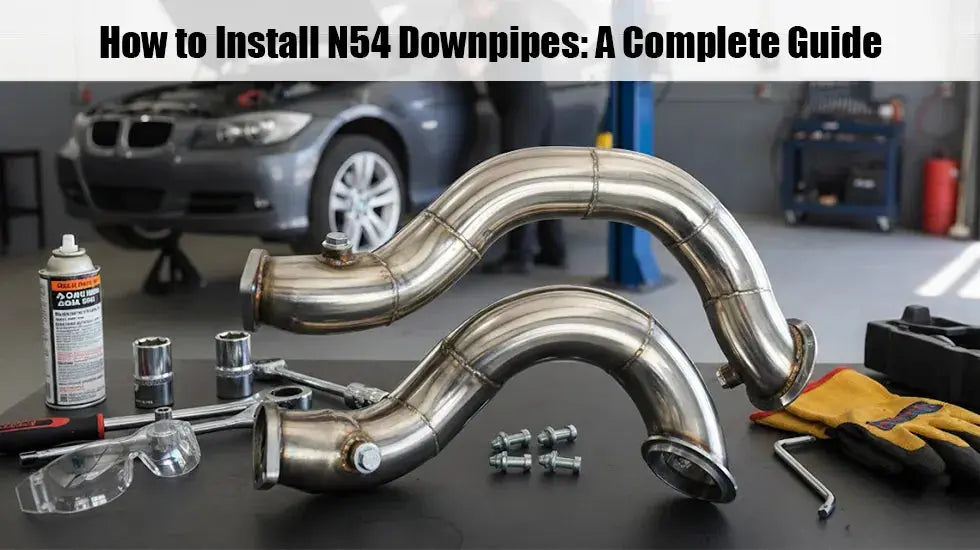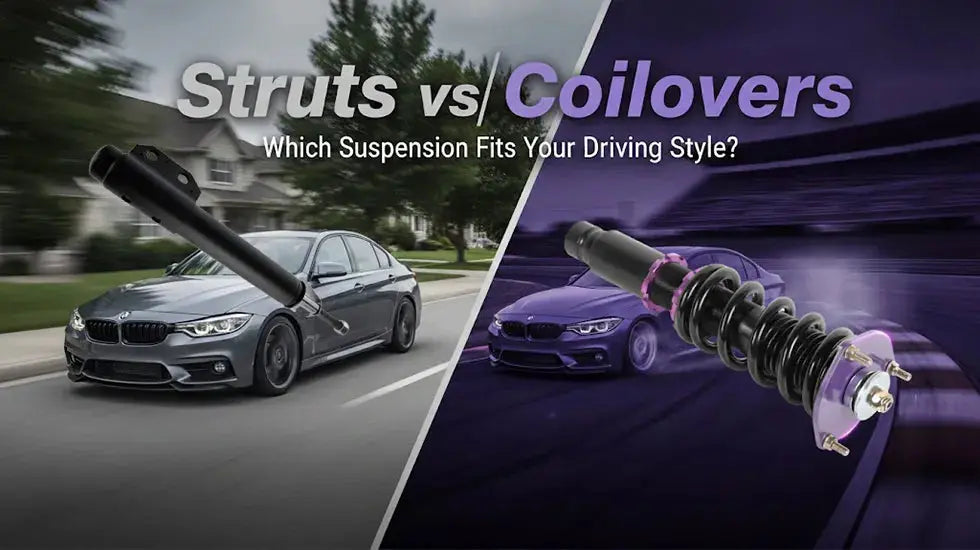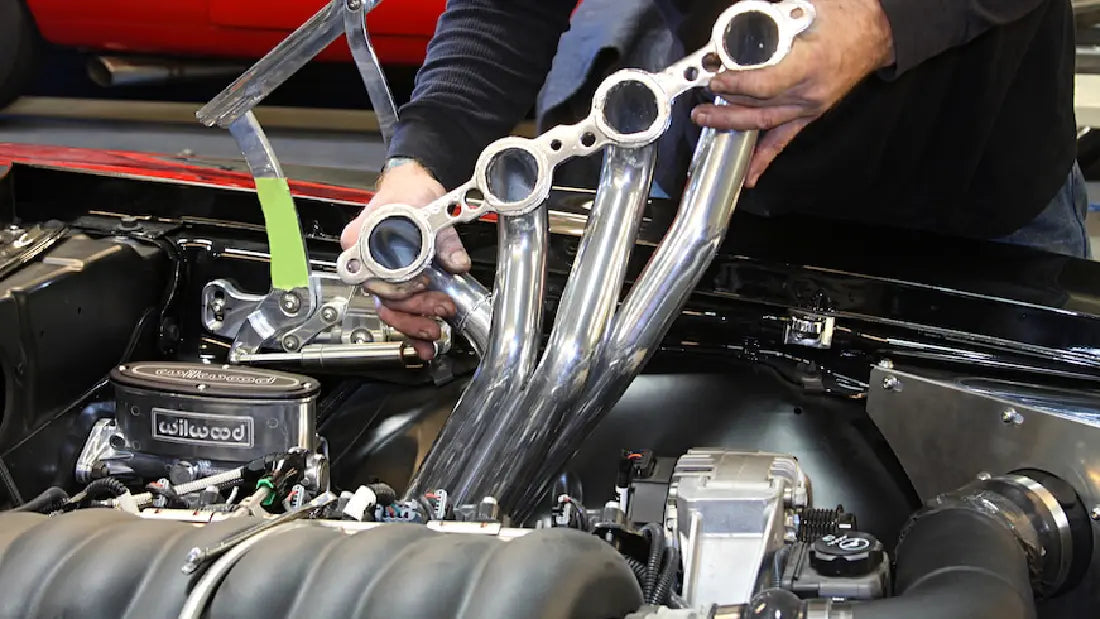Swapping an LS engine has become one of the most popular and accessible performance upgrades. But when it comes to combining parts from different LS-family engines, questions naturally arise. One of the most common: Will LS1 headers fit a 5.3L Vortec engine?
This guide explores that question in depth, helping you understand compatibility, performance, and installation considerations for a successful build.
Understanding LS1 and 5.3L Engine Differences
At first glance, LS1 and 5.3L Vortec engines look very similar. That’s because both are part of GM’s Gen III small-block LS architecture. They share many dimensions, including cylinder head bolt patterns and exhaust port locations.
However, some differences can affect your swap, especially when it comes to header fitment.
Cylinder Head Design and Bolt Pattern
Both LS1 and 5.3L engines use cathedral port heads, and their exhaust flange bolt spacing is identical. This makes most LS1 headers technically bolt-on compatible with 5.3L heads.
Block Materials and Cooling Passages
LS1 engines feature aluminum blocks, while many 5.3L engines (like the LM7) use iron blocks. This doesn't impact header fitment directly, but it does affect engine weight and thermal expansion, which could play a role in clearance under heat cycles.
Accessory Layout and Bracket Positioning
Depending on the donor vehicle, accessory mounting (alternator, A/C compressor) may interfere with header placement. Trucks typically have higher engine bays, which helps, but bracket relocation may still be needed.
Do LS1 Headers Fit a 5.3L Vortec Engine?
Yes, LS1 headers will fit a 5.3L Vortec engine — but with some caveats. The exhaust ports and bolt patterns match, so in many cases they’ll bolt right up. However, physical clearance and vehicle-specific factors still matter.

Exhaust Flange Compatibility
All Gen III LS engines (including 5.3L Vortec and LS1) share the same exhaust port shape and bolt hole alignment. This makes most aftermarket LS1 headers compatible in terms of sealing and bolting on to 5.3 heads.
Physical Fitment in Common Platforms
The actual fit depends heavily on what vehicle you’re swapping into. An LS1 header that fits perfectly in an F-body Camaro might not clear the frame rails or steering shaft in a classic Chevelle, C10 truck, or G-body Monte Carlo.
Oil Filter and Steering Shaft Clearance
In some cases, long-tube headers interfere with the oil filter or steering shaft — especially in tighter chassis setups. Relocation kits or different filter angles can resolve this. Many forum users suggest testing clearance before final install.
Factors That Affect Fitment (Beyond Engine)
Even if the headers bolt up perfectly to the heads, other parts of the vehicle can interfere with installation. These are often the true limiting factors.
Chassis and Subframe Considerations
Each chassis has its own spatial constraints. Trucks generally offer more room for long-tube headers. Classic muscle cars with stock crossmembers may require modification or swap-specific headers.
Motor Mount Positioning
Where the engine sits relative to the firewall and crossmember changes header fit. Aftermarket adjustable mounts can help fine-tune the position for better clearance.
Transmission and Tunnel Clearance
Long-tube headers route under the car and may interfere with transmission crossmembers or exhaust tunnels. Check your transmission pan location when planning exhaust routing.
Recommended LS1 Headers for 5.3 Swaps
Choosing the right LS1 header comes down to space, performance goals, and budget. Not all headers are created equal, and some fit swaps better than others.
Shorty vs Long-Tube Headers
Shorty headers offer easier installation and better clearance, but long-tube headers deliver superior horsepower gains. If you’re building a performance-focused swap, long-tubes are worth the extra effort.
Primary Tube Size Selection
Most LS1 headers come in 1-3/4" or 1-7/8" primary tubes. For naturally aspirated 5.3L builds, 1-3/4" is ideal. 1-7/8" can work, but may slightly reduce low-end torque unless you're running high-RPM cams or forced induction.
Brand and Budget Options
Popular choices include Speed Engineering (budget-friendly), Hooker (swap-specific), and Stainless Works (premium). Many forum users report success with eBay stainless long-tube headers as a cost-effective option.
Performance Considerations When Using LS1 Headers on 5.3
Headers aren’t just about fitment — they’re a performance upgrade. But the effect varies based on your build.
Torque and Horsepower Impact
Long-tube headers improve scavenging and cylinder evacuation, especially in the mid-to-high RPM range. According to dyno tests by Hot Rod Magazine, LS engines with long-tube headers can gain 15–25 horsepower over manifolds.
Naturally Aspirated vs Boosted Setups
Naturally aspirated engines benefit from tuned headers. Boosted 5.3 builds (turbo or supercharged) may see less gain, and in some cases prefer log-style manifolds for tighter packaging.
Supporting Mods for Best Gains
Headers work best when paired with a performance camshaft, upgraded intake, and a proper ECU tune. Without tuning, gains may be limited and driveability can suffer.
Should You Use LS1 Headers or 5.3L-Specific Headers?
While LS1 headers often fit and perform well on 5.3L engines, they aren't always the most convenient option. Headers specifically designed for the 5.3L Vortec offer a better out-of-the-box fitment, especially in trucks or factory 5.3-equipped platforms.
If you're working within a stock Silverado, Sierra, Tahoe, or Suburban engine bay, a header made for the 5.3L layout will reduce the need for bracket modification, oil filter relocation, or heat shielding. These headers are built with truck accessory spacing and chassis in mind.
For enthusiasts prioritizing convenience, emissions compliance, or minimal modifications, we recommend using 5.3L Vortec-specific headers. They’re designed to eliminate common installation headaches while still delivering solid performance benefits.

Installation Tips and Common Fitment Issues
Installing LS1 headers on a 5.3L swap can be straightforward — or frustrating. Avoid surprises with these practical tips.
Check collector angle and flange alignment before tightening bolts. Use new gaskets and consider locking header bolts to prevent leaks. Pre-install oxygen sensors if space is tight.
If interference occurs, a hammer clearance or mild rerouting may be needed. Watch for brake line proximity and fuel line exposure to heat.
Conclusion: Are LS1 Headers a Good Fit for Your 5.3?
In most cases, yes — LS1 headers are a solid and affordable upgrade for 5.3L swaps. They offer good performance gains and bolt-on compatibility with the right planning.
Just make sure to consider your vehicle platform, mounting position, and exhaust routing. When chosen carefully, LS1 headers can be a great addition to your 5.3 build.

